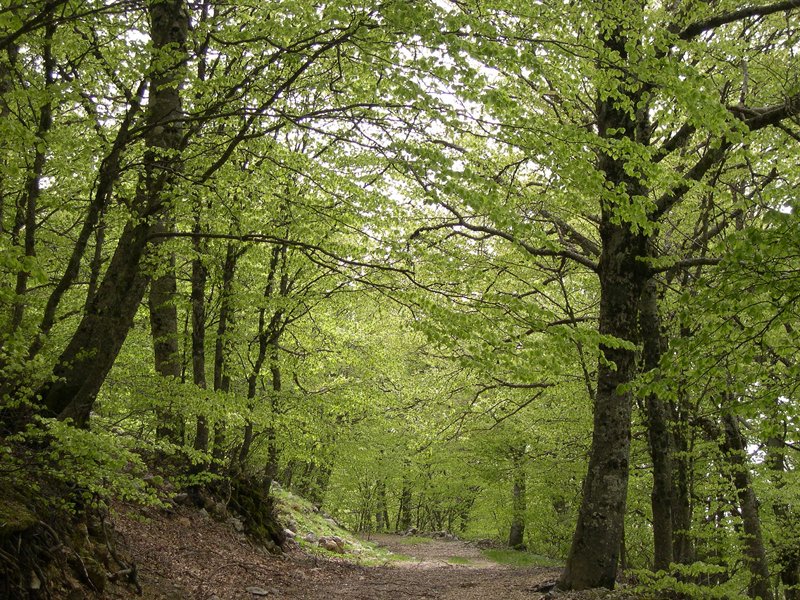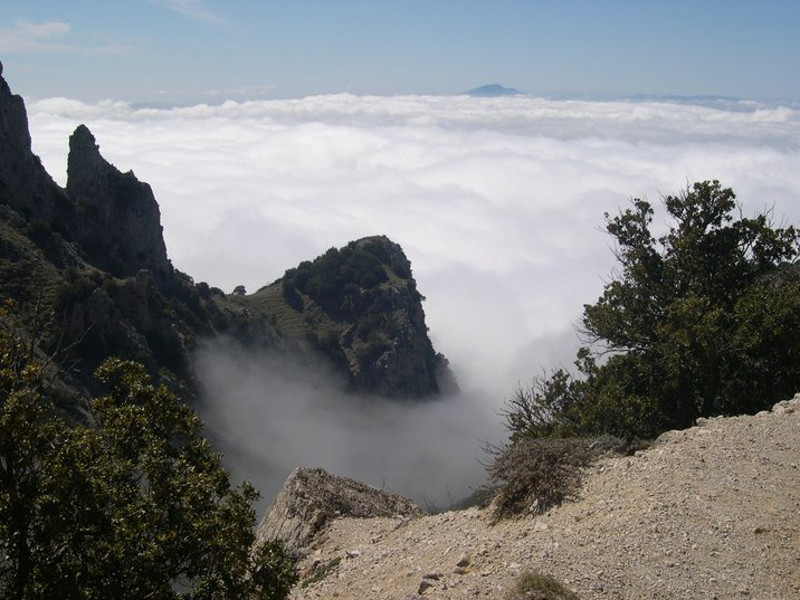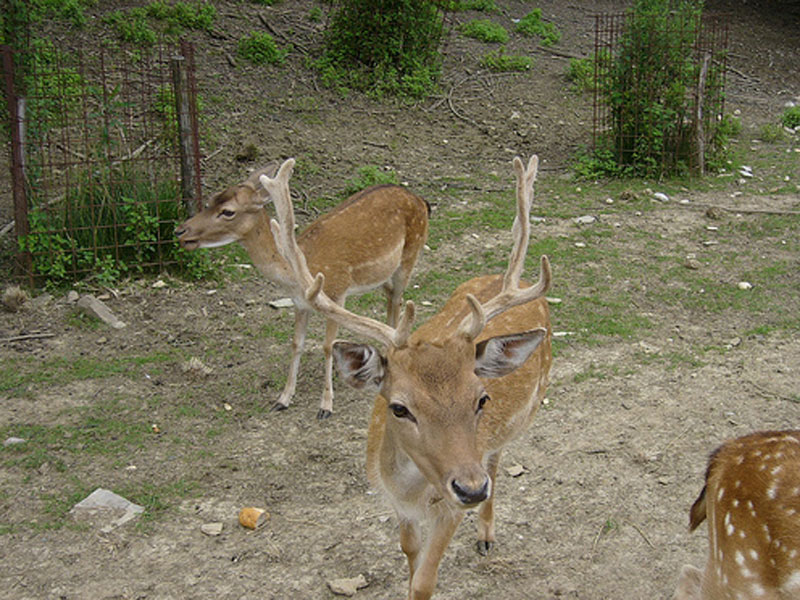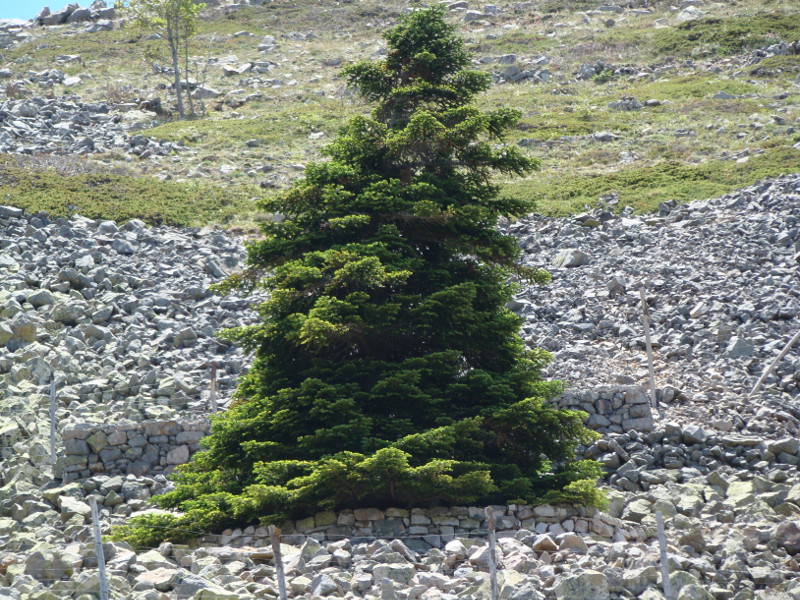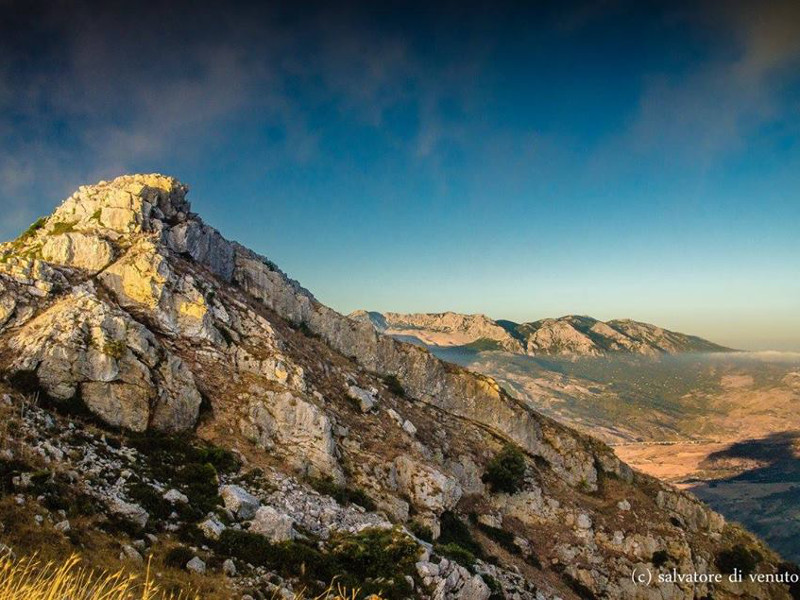Parco Naturale Regionale delle Madonie
www.parcodellemadonie.itProtected Area
Identity Card
- Land Surface Area: 39'941.18 ha
- Regions: Sicilia
- Provinces: Palermo
- Municipalities: Caltavuturo, Castelbuono, Castellana Sicula, Cefalù, Collesano, Geraci Siculo, Gratteri, Isnello, Petralia Soprana, Petralia Sottana, Polizzi Generosa, Pollina, San Mauro Castelverde, Scillato, Sclafani Bagni
- Establishment Measures: DARTA 1489 09/11/1989
- PA Official List: EUAP0228
- Park Authority: Ente Parco delle Madonie
Establishment Act (PDF - 30Kb)
Statute (PDF - 79Kb)
The Park Regulations (PDF - 59Kb)
Madonie Park
The naturalistic, historical, and artistic heritage of the area is of considerable importance. In a context characterized by harsh mountains facing the Sicilian sea, the human signs still represent the evidence of a millenary presence (Prehistory) which in some cases has been handed down in current activities. The territory is scattered with several religious buildings, monasteries, hermitages, and churches, often isolated on the top of the mountains. Along the watercourses you will find abandoned mills which, together with the old farmsteads (the so-called "masserie") often built on the more ancient ruins of Roman farmhouses, witness the ability of a culture to live in symbiosis with nature.
In the Madonie there are the most ancient rocks of Sicily, dating back to the Triassic period. The several fossils of lamellibranchs, algae, and sponges found in the calcareous areas of the mountain chain are an evidence of it. The highest and most spectacular peaks of the chain are: Pizzo Carbonara (1,979m), Monte San Salvatore (1,912m), Monte Ferro (1,906m), Monte Ouacella (1,869m), Monte dei Cervi (1,656m). Although they are part of the same complex, each of them has a different aspect. Gentle or harsh, covered in vegetation or bare, they are scattered over the territory shaping valleys, plateaus, cliffs, and gentle hills. In the Madonie - which cover only the 2% of the surface of the island, there are more than a half of the Sicilian vegetable species, among which endemic species.
The area of the Madonie with its geomorphological and climatic features leads to the identification of three different areas: the coastal strip of the northern slope, protected by the African winds and covered by thick woods, centuries-old olive groves, cork tree woods, chestnut tree woods, ash trees, oak woods made of Downy oak and the holly nuclei of Piano Pomo. On the contrary, the large mountain chain preserves the woods of ilex and beech trees, and is characterized by several endemic species, among which Abies Nebrodensis, a relict of ancient glaciation. The southern and sunny slope, bare or luxuriant and mild in the changing succession of the seasons is "The aspect of real Sicily; however, it is also a gentle series of mountain and hilly slopes cultivated with wheat and barley.
The Natural Environment
The complex mountain system of Madonie (Madonìe) - name used since the 16th century, probably referring to Pliny's "mountain high places" - covers a large territory in the central-northern part of Sicily.
It lies between the valley of river Pollina in the east, the valley of northern Imera in the west, a long stretch of Tyrrhenian coast between Campofelice di Roccella and Finale di Pollina in the north, and the basins sloping down to the gypsum-sulfur plateau in the south.
Further information (Italian text)
Fauna
It is impossible to make an exhaustive list of the mammals, birds, reptiles, amphibians, and invertebrates populating this territory. Some data can however give an idea of the value of this heritage - both as far as quantity and quality are concerned. Madonie house all the mammal species living in Sicily, about the 70% of the nesting birds, and about the 60% of the invertebrates of the island. Among them, there are several endemic, rare, and protected species.
(the following links lead to Italian texts)
Flora
If you enter Madonie Park and reach its central area, you can grasp landscape features linked to the local vegetation, rich and diversified, also considering the extension and orographic articulation of the territory which includes altitudes going from a few meters above sea level to altitudes reaching the 2,000m. A crossroads for botanists and researchers, Madonie Park is the cradle of a vegetal variety unique in the world. This aspect characterizes a mountain chain including an area which is considered a "real botanic barden in the middle of the Mediterranean".
(the following links lead to Italian texts)
- The Flowers of Madonie
- Genista cupanii
- Abies Nebrodensis - Conservation - watch the video "Un Abete da salvare" ("A Fire Tree to Save")
Geology and Landscape
As far as geology is concerned, Madonie mountain system can be divided into three main groups - formed by calcareous or siliceous rocks - which are very similar one to the other, but which differ for lithological age, origin, and structure: the carbonated group Panormide is formed by gray and very hard coral sandstone and is situated in the central area of Pizzo Carbonara; the group of the carbonate formations forming the western mountains culminating in Monte dei Cervi (1,794m); the group of the siliceous-clayey deposits mainly interesting the north-eastern slope.
Further information (Italian text)
Madonie Geopark – Unesco Heritage Site
The Madonie UNESCO Global Geopark is located in Sicily, in the middle of the Mediterranean region, among the most beautiful landscapes of special interest from a geologic and geomorphologic, as well as from a didactic, point of view. In the course of time there has been no guide to Sicily or Italy that has not devoted tens of pages to the Madonie.
It represents nearly all aspects of Sicilian geology, has a very complex history that started over 220 million years ago, and is mainly composed of dolomitic limestone evoking unknown and vanished worlds. Interesting karstic morphologies, both at surface and underground, developed more recently, 23.5 million years ago.
Further information (in Italian)
- What is the Geopark?



